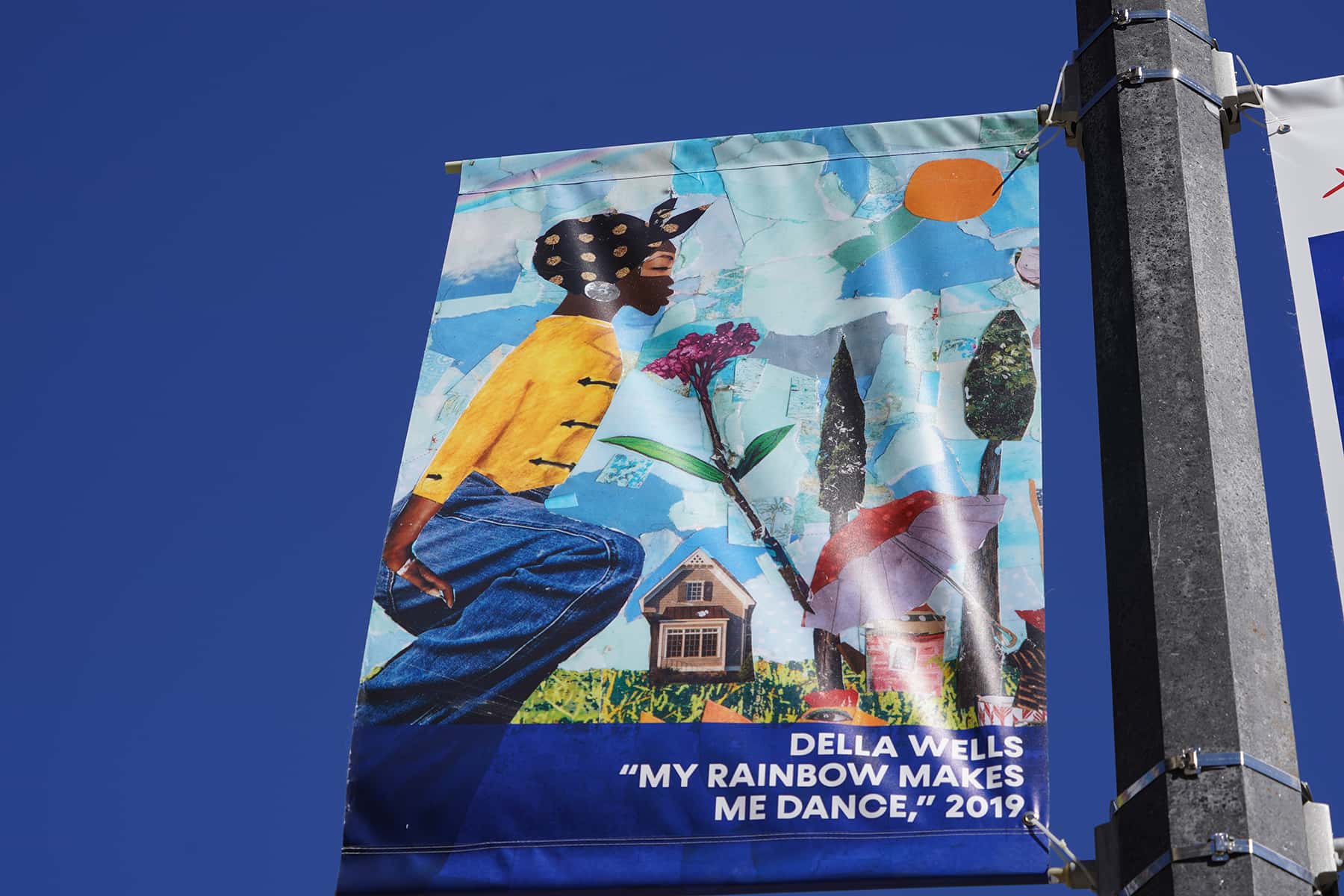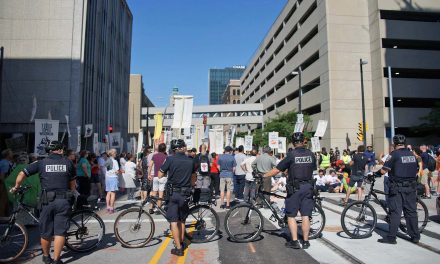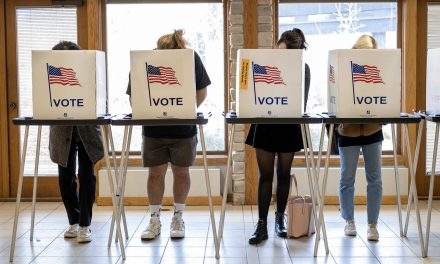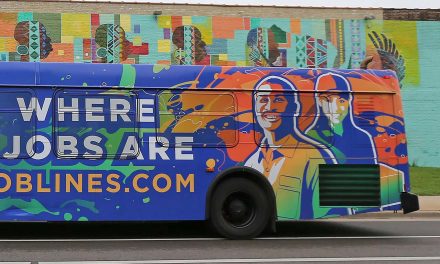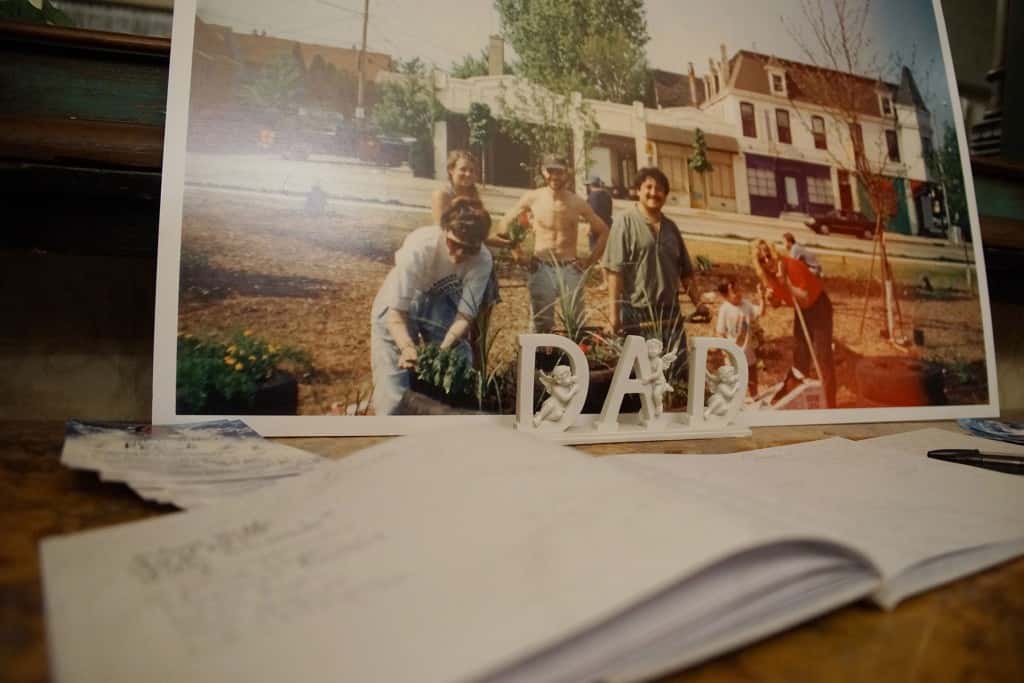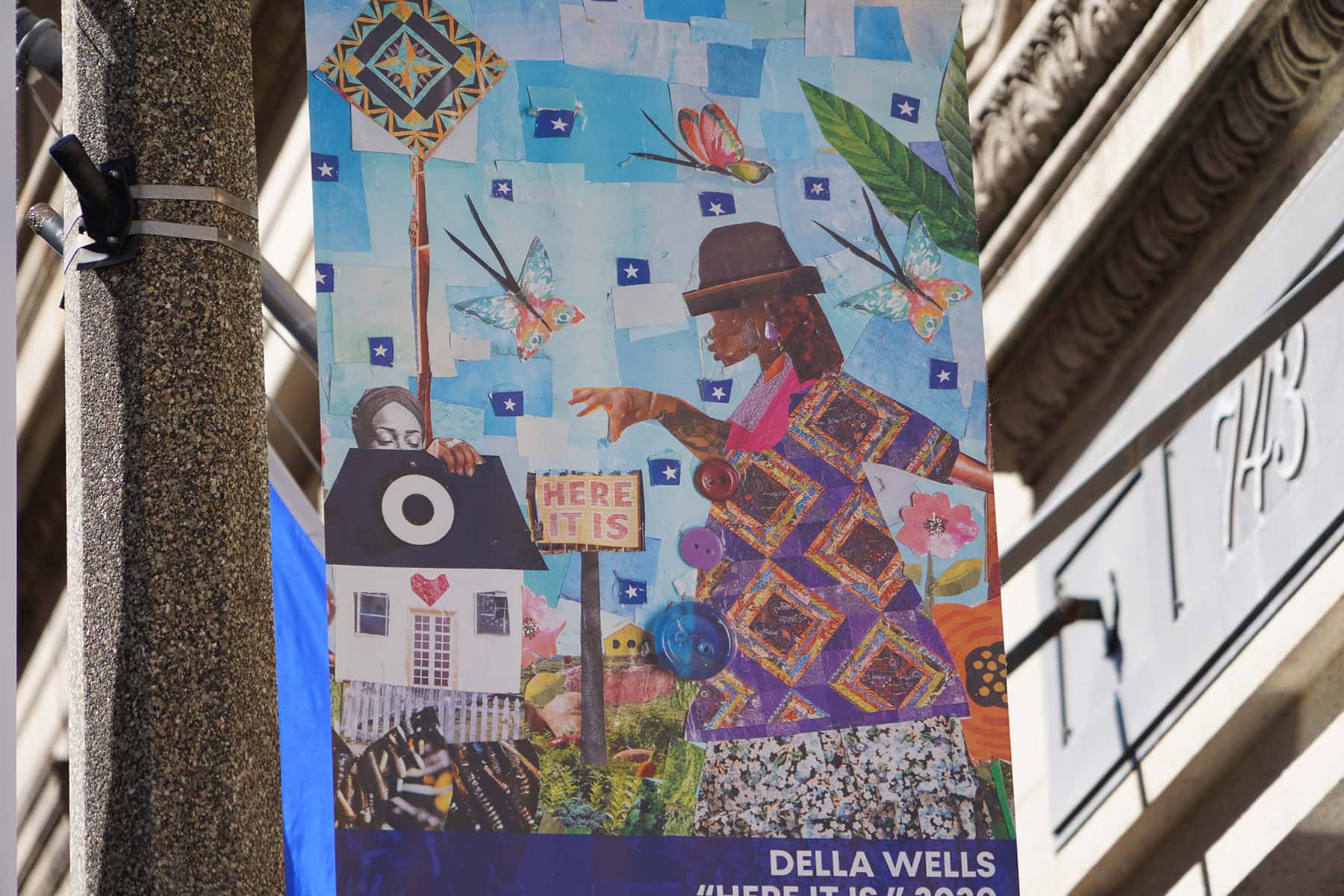
Over the years, I and other African American artists in Milwaukee have been approached countless times by people, particularly from the white community, wanting to help Black artists or to increase diversity in the arts community or to help the Black community in general.
The reason they give is usually similar — they believe the work of African American artists is not seen here or they want African American artists to join their organization to increase diversity.
All this is fine.
However, too often the African American artists in this city are seen with a monolithic lens – and this is probably true elsewhere, too. Just because an artist is Black does not mean they are not earning a living as an artist, obtaining their career goals or their work is not being seen.
To be honest, the same argument could apply to other artists in the city, not just Black artists.
Part of it has to do with the reality that making a living as an artist is generally not easy, period. And things can get more difficult because of race, gender, economic class, where an artist lives and whether an artist makes connections with others who support and buy their work.
And yes, racism and sexism exist for artists. Often, those making decisions about which artists the art world deems important are not people of color.
Despite all this, there are African American artists in Milwaukee who have careers in the arts and earn a living in the arts, selling work and exhibiting, here and elsewhere.
Let me cite some examples.
There are and have been murals and public art projects done by Milwaukee-based artists such as Ammar Nsoroma, Tia Richardson, Ken Brown, Anna Rose, Mutope J. Johnson, Evelyn P. Terry, Brad Anthony Bernard, George Gist and others. In public libraries, schools, book stores and Amazon.com, one can find children’s books illustrated and created by award-winning Milwaukee-based illustrator Aaron Boyd. Not to mention Milwaukee-based artists such as Sonji Hunt, Sharon Kerry-Harlon, Reginald Baylor, LaNia Sproles, Rosemary Ollison, Nick Drain, Fatima Laster, Rosy Petri, Darrel M. Payne, Ariana Vaeth, Blanche Brown, Ruthie Joy, Rhonda Gatlin Hayes, Muneer Bahauddeen, Portia Cobb, Vedale Hill, myself and many more.
During the last three years, there have been 40 or more exhibitions in Southeastern Wisconsin where one could see artworks created by African American artists who are internationally known, nationally known and who are from Wisconsin. Some of the venues include John Michael Kohler Art Center, Wright Museum of Art, Lynden Sculpture Garden, Cedarburg Art Museum, Milwaukee Art Museum, 5 Points Art Gallery & Studios, Sculpture Milwaukee, Haggerty Museum of Art, Real Tinsel, The Alice Wilds, Reginald Baylor Studio, Portrait Society Gallery, Fiserv Forum, Northwestern Mutual Tower and Commons, Milwaukee School of Art and Design, Giving Gallery, Bronzeville Art Walk, various public libraries, Madison Museum of Contemporary Art, Jazale’s Art Studio, Greenwood Park Gallery, King Commons Gallery and Studio, Racine Art Museum, Mahogany Gallery, Ayzha Fine Arts Gallery & Boutique, David Barnett Gallery, No Studios, Milwaukee Mitchell International Airport, various bus shelters throughout the city, Saint Kate Arts Hotel, UW-Milwaukee Union Art Gallery, Museum of Wisconsin Art, Pfister Hotel, Bronzeville Collective MKE, Imagine MKE Gallery Night events, Terry McCormick Contemporary Fine and Folk Art Gallery, Var Gallery & Studios, Charles Allis Art Museum, Walker’s Point Center for the Arts and more.
I created these lists of artists and venues because we are told that the work of African American artists is not being seen, or maybe more accurately, that people don’t know where to go to see it.
It is there.
Many of the exhibitions and venues mentioned above do not have a focus on African American art. In other words, an African American artist’s work is not always in “Black only” shows. African American artists create all types of art.
So how do you find out where and when an African American artist’s work is to be exhibited or viewed? Social media or search engines such as Google, Yahoo, Bing, and such are a good place to start. Or you can contact your local galleries, museums, art centers or arts organizations to find out where you can see African American art. If you know any artists, ask them if they know where you can see and buy African American art.
The information is out there, and it is up to us to find it.
Don’t assume that African American and other artists of color are not making strides in their career because you don’t know about their work.
We are here.
Della Wells
Lee Matz
Originally published on the Milwaukee Neighborhood News Service as OPINION: Looking for Black artists in Milwaukee? We are here.

